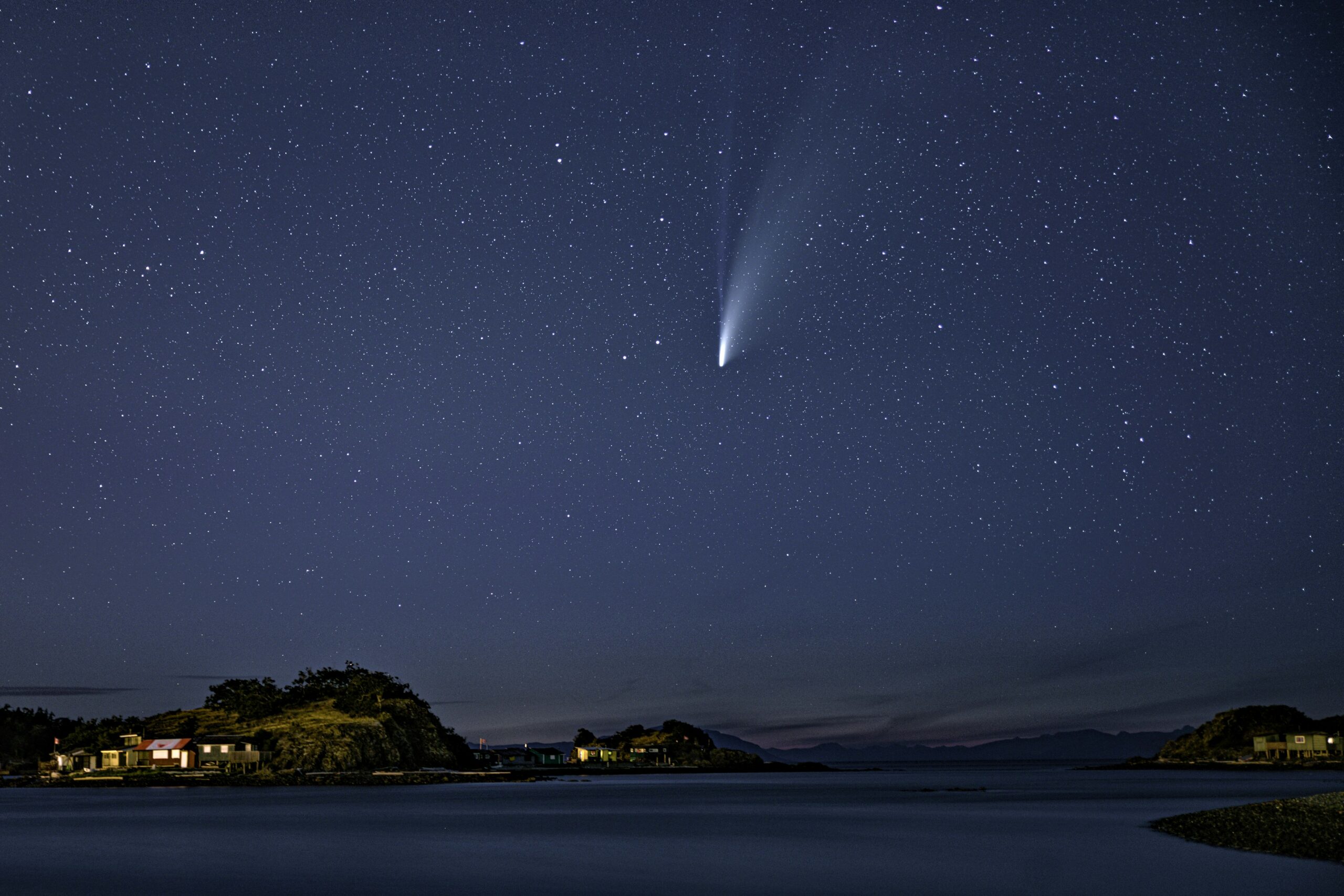Stargazers and photographers alike have been captivated by the incredible display of Comet C/2023 A3 (Tsuchinshan-ATLAS), which has been lighting up the night sky for the past several weeks. Known by some as the “comet of the century,” this celestial visitor has provided stunning visual moments, with the most breathtaking images captured across the globe.
Currently, the comet is speeding away from Earth, but it remains visible for a limited time. Skywatchers in the Northern Hemisphere can still catch a glimpse with binoculars for the next week or so, with the comet positioned high in the southwestern sky, alongside Venus. Although it has grown dimmer, Comet Tsuchinshan-ATLAS remains a rare treat for astronomy enthusiasts.
The comet, which made its closest approach to Earth on October 12, is now visible only with binoculars or telescopes. Astrophotographers have been quick to capture stunning images of its radiant tail and glowing core, sharing their work with the world.
Astrophotographer Chris Schur captured a particularly striking image on October 13 from Payson, Arizona. His shot of the comet showcased its spectacular anti-tail and rays, earning admiration from fellow skywatchers. “It was a stunning sight, like nothing I expected,” Schur said of his image.
In a surprising twist, bioluminescent waves accompanied the comet’s appearance over Malibu, California. Photographer Berman, who snapped the scene, initially thought the blue flashes were police lights before realizing they were part of the ocean’s glow, adding an ethereal touch to his already mesmerizing comet photo.
Photographers from across the globe contributed their own unique perspectives, from Macedonia’s Lake Ohrid to Egypt’s Black Desert, capturing Comet Tsuchinshan-ATLAS against awe-inspiring backdrops like the Milky Way and distant mountain ranges.
This remarkable celestial event is the comet’s first appearance in 80,000 years and may even be its last. According to NASA, C/2023 A3 (Tsuchinshan-ATLAS) may leave the solar system entirely after this visit. It is believed to originate from the Oort cloud, a distant region of icy bodies at the farthest edge of our solar system.
For those who haven’t yet had the chance to witness this once-in-a-lifetime sight, there’s still time to catch it with a telescope or binoculars. Don’t miss out on this extraordinary opportunity to see a comet that could very well be on its final journey through our solar system.


































